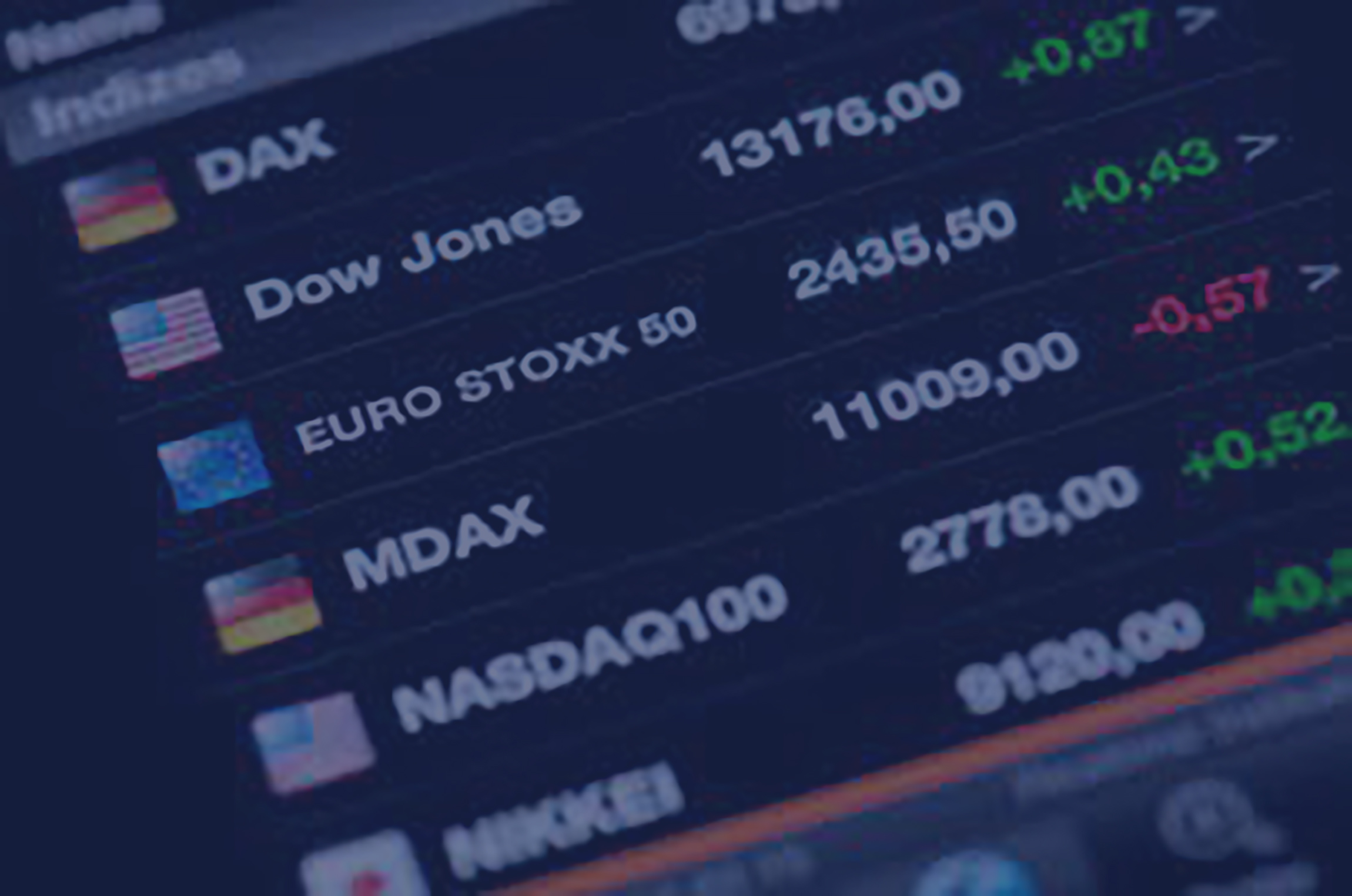INDICES
Why Trade Indices
Trading indices is popular among investors for several reasons, with diversification being one of the most significant. Instead of putting all of your capital into one or two companies, index trading allows you to distribute your risk across multiple stocks. For example, when you trade the Dow Jones Industrial Average (DJIA), you’re not putting all your money into one blue-chip company; you’re spreading it across 30 well-established U.S. corporations. This makes index trading less volatile compared to investing in a single stock, where the price can be impacted heavily by company-specific news.
Another important reason traders opt for indices is the convenience of gaining exposure to entire sectors or markets. If an investor is bullish on the technology sector, trading the NASDAQ 100 index allows them to capitalize on the overall growth of tech stocks, such as Apple, Microsoft, and Alphabet (Google), instead of picking individual winners or losers. The same principle applies to sector-specific indices, like the Russell 2000, which represents smaller U.S. companies. This makes index trading a more strategic, less time-consuming way to participate in market movements compared to individual stock trading.


Why Trade Indices
Trading indices is popular among investors for several reasons, with diversification being one of the most significant. Instead of putting all of your capital into one or two companies, index trading allows you to distribute your risk across multiple stocks. For example, when you trade the Dow Jones Industrial Average (DJIA), you’re not putting all your money into one blue-chip company; you’re spreading it across 30 well-established U.S. corporations. This makes index trading less volatile compared to investing in a single stock, where the price can be impacted heavily by company-specific news.
Another important reason traders opt for indices is the convenience of gaining exposure to entire sectors or markets. If an investor is bullish on the technology sector, trading the NASDAQ 100 index allows them to capitalize on the overall growth of tech stocks, such as Apple, Microsoft, and Alphabet (Google), instead of picking individual winners or losers. The same principle applies to sector-specific indices, like the Russell 2000, which represents smaller U.S. companies. This makes index trading a more strategic, less time-consuming way to participate in market movements compared to individual stock trading.
Explore Space for live trading ideas
Space is a unique live feed designed by Octa to get you fresh trading ideas right in the OctaTrader trading platform. Learn about the current trends on different markets from the Octa experts and open orders right on the same screen to save time and effort.

What is Index Trading?
Index trading involves the practice of speculating on the price movements of a group of stocks bundled together in an index. An index represents the performance of a specific market or a sector by averaging the performance of selected companies within it. For instance, the S&P 500 index tracks the 500 largest companies in the United States by market capitalization, while the FTSE 100 tracks the top 100 companies listed on the London Stock Exchange. Instead of buying and selling individual stocks, index traders buy financial products that represent the value of these collections of stocks.
The key idea behind index trading is to provide investors with exposure to the broader market or economy without the need to pick and choose individual stocks. This simplifies the trading process, as the performance of a stock market index generally reflects macroeconomic trends, market conditions, and sectoral shifts. Traders can use this approach to speculate on market directions or to diversify their portfolios more easily.

What is Index Trading?
Index trading involves the practice of speculating on the price movements of a group of stocks bundled together in an index. An index represents the performance of a specific market or a sector by averaging the performance of selected companies within it. For instance, the S&P 500 index tracks the 500 largest companies in the United States by market capitalization, while the FTSE 100 tracks the top 100 companies listed on the London Stock Exchange. Instead of buying and selling individual stocks, index traders buy financial products that represent the value of these collections of stocks.
The key idea behind index trading is to provide investors with exposure to the broader market or economy without the need to pick and choose individual stocks. This simplifies the trading process, as the performance of a stock market index generally reflects macroeconomic trends, market conditions, and sectoral shifts. Traders can use this approach to speculate on market directions or to diversify their portfolios more easily.
Invest in global stocks indices
Trade CFDs on major indices to cover entire national stock markets, not individual companies.
Go long or short
Benefit from any price movements: profit from both upward and downward market trends.
Make the most of leverage
Use leverage of up to 1:400 to trade much larger volumes: start trading even with a tiny deposit.
Low and stable spreads
Minimise your costs with low spreads that remain stable even when the volatility index is high.
No swaps and no commissions
Trade indices free of charge: pay no commissions, no fees, and no swap charges.
Status Program
Unlock even tighter spreads, quicker transfers, personal guidance, and many more benefits.
50% deposit bonus
Receive a 50% bonus on each deposit and withdraw it after trading a certain amount of lots.
Expert Advisors and trading ideas
Seek help from automatic trading systems and explore market insights to get trading signals.
